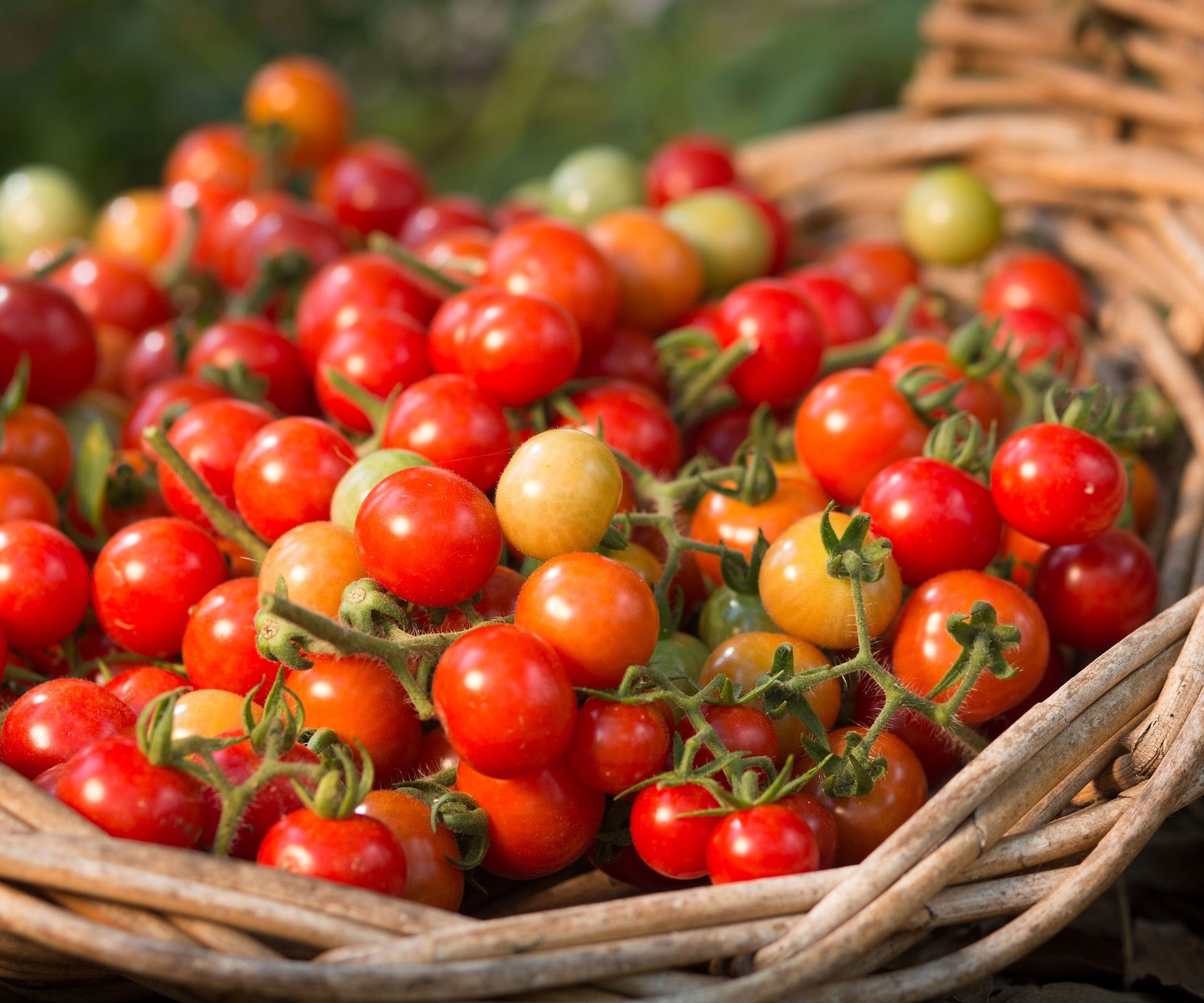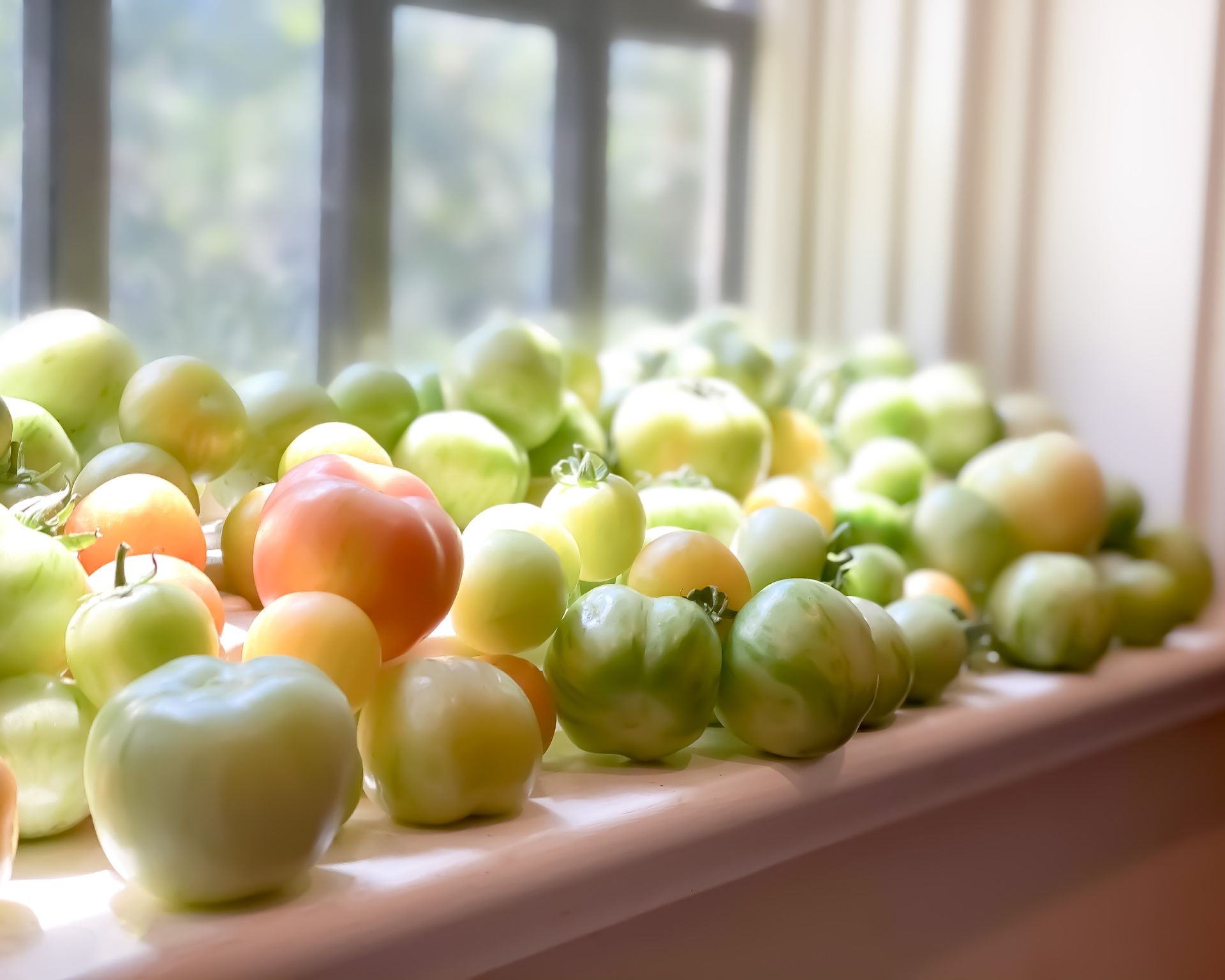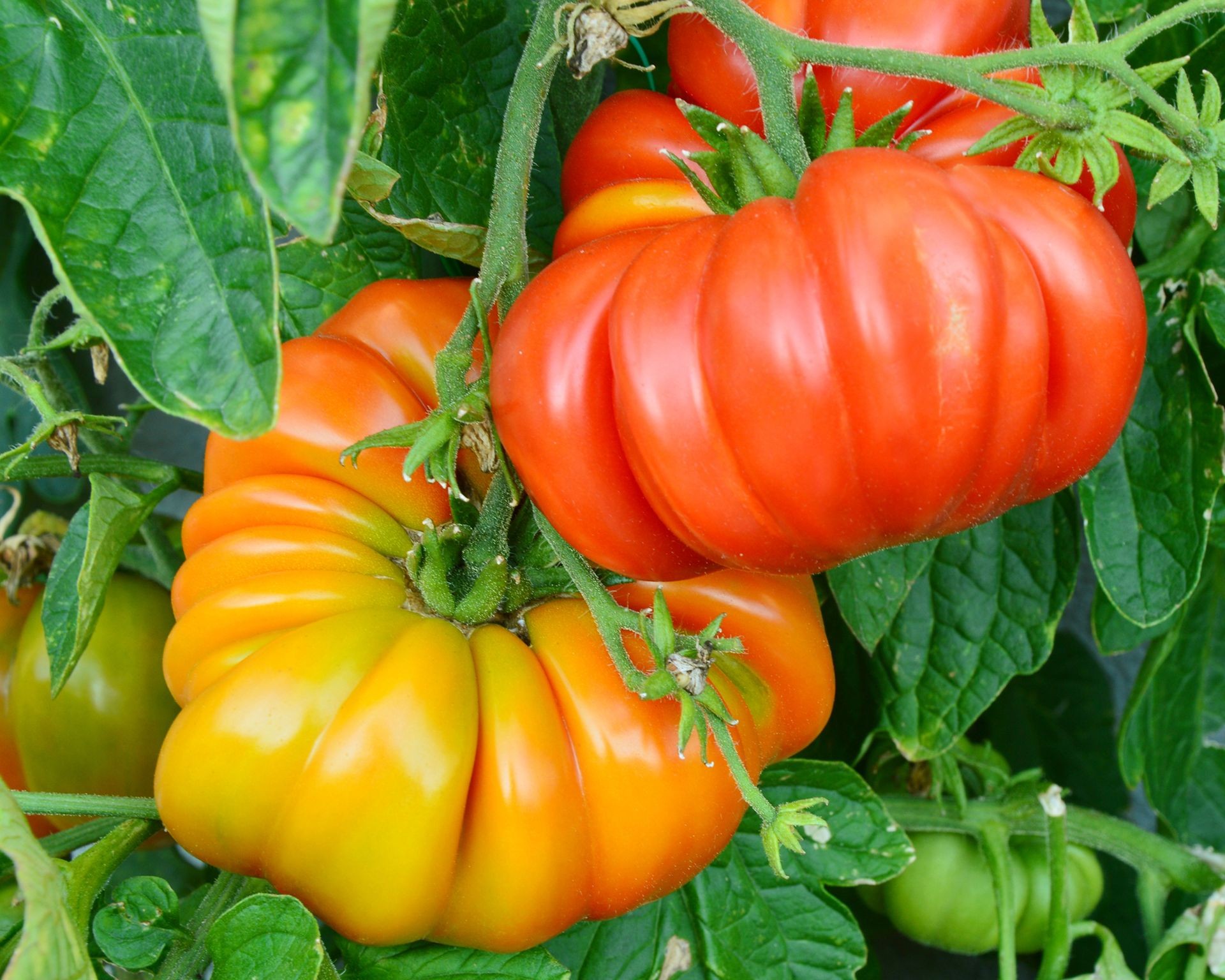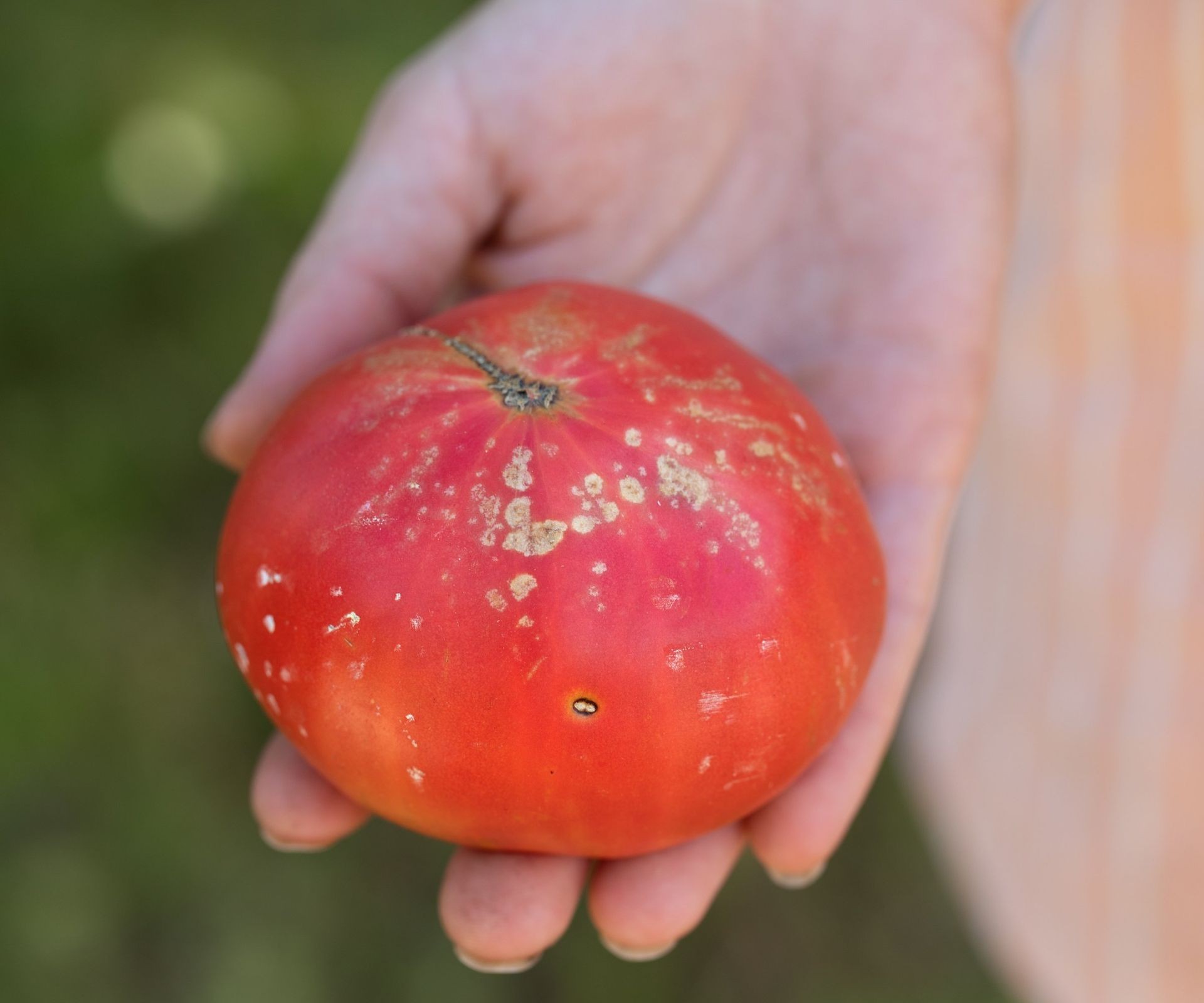No products in the cart.
NEWS
Harvesting Tomatoes: Your Guide to Ripe Perfection
The moment your tomato plants are heavy with fruit is truly one of the most rewarding sights in the garden. Few things compare to the explosion of flavor from a freshly picked, vine-ripened tomato. While the abundance is exciting, it brings up a common question for every home gardener: exactly when is the best time to harvest? Unlike store-bought tomatoes that often arrive looking uniform but tasting bland, your homegrown treasures offer the potential for peak deliciousness. However, achieving that perfect taste requires knowing the subtle signs of ripeness and understanding factors beyond just color. As experts in home gardening, we’re here to guide you through timing and techniques to ensure every tomato from your patch is a masterpiece.
The Unmistakable Taste of Homegrown Tomatoes
If you’ve ever bitten into a tomato warm from the sun, still attached to the vine moments before, you understand the profound difference. The flavor is intensely sweet, juicy, and complex – the very essence of “tomato.” This stands in stark contrast to many supermarket tomatoes, which often lack depth and aroma.
There are a couple of key reasons for this disparity. Commercial tomatoes are typically bred for durability, focusing on traits like firmness, uniform color, and ability to withstand packing and long-distance shipping rather than taste. More significantly, they are almost always harvested before they are truly ripe. Picking tomatoes when they are still hard and only showing a hint of color allows them to survive transit without bruising or splitting, which would make them susceptible to rot.
 Close-up of vibrant red 'Red Pearl' cherry tomatoes freshly harvested, showcasing the quality of homegrown produce
Close-up of vibrant red 'Red Pearl' cherry tomatoes freshly harvested, showcasing the quality of homegrown produce
After harvest, these commercially grown tomatoes are often exposed to ethylene gas in controlled environments to artificially induce ripening and color development. While this changes the color, it doesn’t fully replicate the complex biochemical processes that occur when a tomato ripens naturally on the vine, which are crucial for developing peak sugars, acids, and aromatic compounds. Furthermore, storing tomatoes below 50°F (10°C), common practice in the supply chain, can irreversibly damage their flavor and texture. For the home gardener, the goal is to capture that fleeting moment of perfect vine ripeness or utilize strategies to achieve superior flavor even when picking early is necessary.
Navigating the Journey of Tomato Ripening: From Green to Red
Understanding the distinct stages a tomato goes through from a small green fruit to a fully ripened one is fundamental to knowing when and how to harvest. While the visible color change is the most obvious indicator, physiological changes are happening internally, driven largely by the production of ethylene, a natural plant hormone. There are generally six recognized stages of tomato ripening:
Mature Green Stage
At this initial stage, the tomato has reached its full size but is still entirely green on the outside. Although green, it’s “mature” because the seeds are fully developed and the internal structure is ready to begin the ripening process. This is a common stage for commercial harvest. Interestingly, there are many delicious ways to use tomatoes picked at this stage, and some research even suggests potential health benefits from compounds found in green tomatoes.
Breaker Stage
The breaker stage is the first sign of true ripening beginning on the vine. You’ll notice a color change – typically a blush of pink, yellow, or red – on the blossom end (the bottom) of the fruit. This stage is significant because it indicates that the tomato has begun producing its own ethylene. Harvesting at the breaker stage is a popular strategy for home gardeners, as it allows the fruit to finish ripening off the vine while reducing the risk of cracking, sunscald, or insect damage in the garden.
 Mature green tomatoes placed on a windowsill, transitioning through the breaker stage as they begin to ripen off the vine indoors
Mature green tomatoes placed on a windowsill, transitioning through the breaker stage as they begin to ripen off the vine indoors
Turning Stage
Following the breaker stage, the color continues to spread. At the turning stage, approximately 10% to 30% of the fruit’s surface shows pink or reddish coloration. The softening process also begins.
Pink Stage
Here, the color is more pronounced, covering between 30% and 60% of the tomato’s skin. The fruit is noticeably softer to the touch.
Light Red Stage
Color now covers 60% to 90% of the surface. The tomato is quite soft and juicy, developing more of its characteristic aroma and flavor.
Red Stage (or Fully Ripe)
This is the final stage, where 90% or more of the tomato exhibits full color (red, pink, yellow, or orange, depending on the variety). The fruit is soft, fragrant, and at its peak for immediate consumption, bursting with sweet, complex flavors. This is often considered true “vine-ripened.”
 Large, uniquely shaped 'Brandywine' heirloom tomatoes showing late-stage ripening color while still attached to the vine
Large, uniquely shaped 'Brandywine' heirloom tomatoes showing late-stage ripening color while still attached to the vine
Timing Your Harvest: Finding the Sweet Spot
The “perfect” time to harvest a tomato isn’t a single, fixed moment for every fruit. While letting a tomato reach the full Red Stage on the vine can result in the absolute peak of flavor, it also comes with increased risks.
Leaving fully ripe tomatoes on the vine makes them vulnerable to pests (birds, insects), diseases (which can enter through small cracks or weakened skin), and environmental damage like cracking from sudden watering after a dry spell or sunscald during intense heat.
For many experienced gardeners, harvesting at the breaker stage offers the best balance. By picking when the first blush of color appears at the blossom end, you signal to the plant that its job for that fruit is done, encouraging it to put energy into developing more tomatoes. You then bring the fruit indoors to finish ripening in a controlled environment. This strategy significantly reduces losses from pests, disease, and weather, while still allowing the complex flavor compounds to develop as the fruit’s internal processes continue.
However, there are times when you might pick even earlier or wait longer:
- Impending Cold/Frost: If temperatures are expected to drop below 40°F (4°C) or a frost is forecast, harvest all mature green and partially colored tomatoes immediately. Any exposure to near-freezing temperatures will damage the fruit and halt ripening.
- Intense Heat: Very high temperatures (consistently above 85°F / 29°C) can actually stop the production of red pigments (lycopene) in tomatoes, resulting in orange or yellowish fruit even if it’s ripe. Picking at the breaker stage and letting it finish indoors in cooler conditions can help achieve better color and flavor.
- Visible Damage Risk: If you notice increasing pest pressure, signs of disease spreading, or significant cracking appearing on fruits, it’s often better to harvest any tomato that is at least at the mature green stage or beyond rather than risk losing it entirely.
 A gardener's hand holding a tomato showing symptoms of bacterial canker, illustrating the risk of disease damage
A gardener's hand holding a tomato showing symptoms of bacterial canker, illustrating the risk of disease damage
Ultimately, the decision of when to harvest is a blend of observing the fruit’s stage, assessing the environmental conditions, and considering your intended use. For canning or sauces, picking slightly earlier might be acceptable, while for slicing onto a sandwich, you might aim closer to full vine ripeness if conditions allow.
Gentle Hands, Happy Plants: The Art of Picking Tomatoes
Once you’ve decided a tomato is ready to be picked based on its stage and the conditions, the method you use matters. Simply pulling the fruit can damage the plant, potentially breaking branches or weakening the stem attachment point for future fruits.
A simple test for readiness, especially for larger or heirloom varieties where color change might be uneven, is a gentle squeeze. The fruit should yield slightly under pressure, indicating it’s softening beyond the hard, mature green stage. Also, pay close attention to the blossom end; this is often where the first signs of color break appear.
The best practice for harvesting is to use clean, sharp tools like garden snips or pruning shears. Locate the small stem that connects the tomato to the larger vine, just above the calyx (the leafy structure at the top of the fruit). Make a clean cut through this stem. This prevents tearing the vine and leaves the small bit of stem attached to the fruit, which can sometimes help it store slightly longer.
If the tomato is fully ripe (Red Stage) and you intend to use it immediately, you may be able to gently twist the fruit at the knuckle of the stem until it detaches easily. However, be cautious with this method, as it’s easy to accidentally damage the vine or the fruit if it doesn’t release cleanly. Using snips is generally the safest approach for both the fruit and the plant.
Ripening Picked Tomatoes for Kitchen Perfection
As discussed, harvesting at the breaker stage or later and then ripening off the vine is a common and effective strategy. This allows you to control the final ripening process and protect the fruit from garden hazards.
Once picked, tomatoes will continue to ripen indoors. To ripen mature green or breaker stage tomatoes, store them at room temperature (ideally between 65-70°F / 18-21°C). Avoid placing them in direct sunlight, which can cause uneven ripening and tough skin. You can place them in a single layer in a box or on a counter. Wrapping individual fruits in newspaper or paper bags can slightly speed up the process by trapping the ethylene gas they naturally produce.
For faster ripening, place your tomatoes in a paper bag with a ripe banana or another ripe tomato. Both emit ethylene gas, which will accelerate the ripening of the other fruits in the bag. Check them every day or two, as they can transition from ripe to overripe quickly in these conditions.
Storing unripe tomatoes below 50°F (10°C) is strongly discouraged, as it can damage the cell structure and prevent the development of full flavor and texture. Only store fully ripe tomatoes in the refrigerator if necessary to extend their shelf life by a few days, but be aware that even ripe tomatoes can lose some of their best qualities when chilled. Always let refrigerated ripe tomatoes come back to room temperature before eating them for the best flavor.
Mature green tomatoes picked before cold weather sets in can take anywhere from 2-4 weeks to ripen indoors, depending on their initial maturity and the storage temperature. Tomatoes picked at the breaker or turning stage will ripen much faster, usually within 5-7 days at room temperature.
Conclusion
Mastering the art of harvesting tomatoes is key to unlocking the incredible flavor potential of your home garden. By understanding the different stages of ripening, weighing the risks and benefits of leaving fruit on the vine versus picking early, and employing gentle harvesting techniques, you can maximize both your yield and the quality of your tomatoes. Whether you aim for peak vine-ripened sweetness or strategically harvest to avoid loss, the journey from plant to plate is a rewarding one. We hope this guide from Biogarden.Asia helps you achieve your most successful tomato harvest yet! Explore our resources for tips and products to support your entire tomato growing season.



